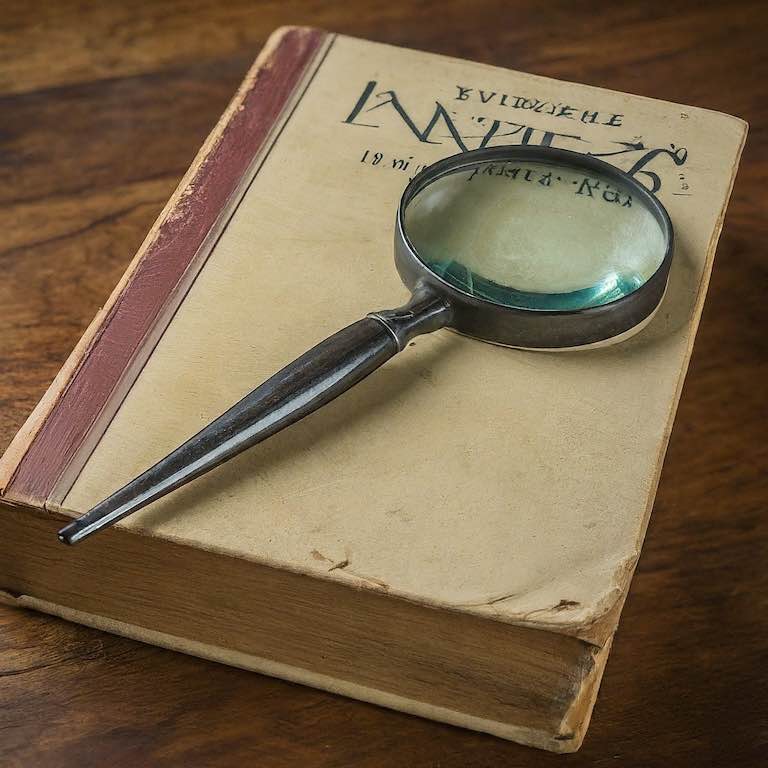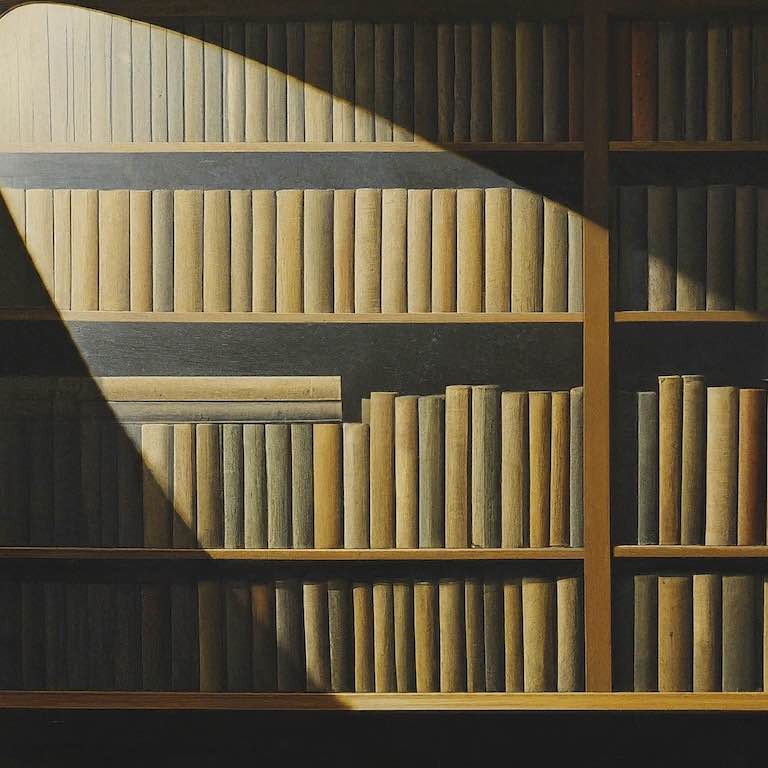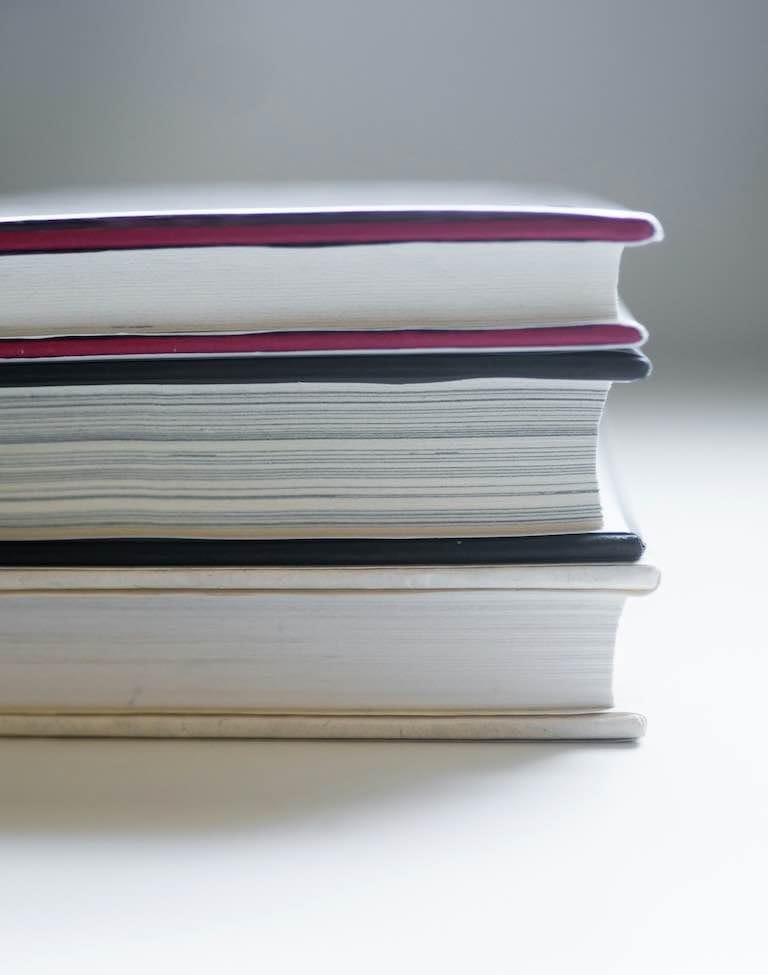A dust jacket is a loose paper cover which is put on a book to protect it. It often contains information about the book and its author.
A dust jacket is more than just a protective covering for books; it serves as an integral part of a book’s presentation and marketing. Originally designed as temporary wrappers, dust jackets have evolved into decorative and collectible features of hardcover books. Today, they display vital information about the book and often feature eye-catching artwork.
History and Evolution of Dust Jackets

German binderies produced the first known dust jackets in the 1760s, much earlier than in Britain and the US. These early jackets were often disposable and not seen as collectible items.
In the 1870s, dust jackets became common in the publishing world. By the 20th century, dust jackets had evolved from mere protection to a marketing tool. They began to feature elaborate designs, illustrations, and promotional text. This shift raised their value significantly among collectors.
In recent years, dust jackets have gained recognition not just for their practical use but also for their artistic contributions. They often reflect the trends and artistic styles of their time, making them historical artifacts in their own right.
Overall, the evolution of dust jackets from simple protective covers to collectible art pieces highlights their significance in the history of book publishing.
Design and Anatomy of a Dust Jacket
A well-designed dust jacket both protects the book and enhances its visual appeal. Key considerations include material durability, artistic elements, and the functional aspects of a jacket of book.
Material and Durability
Dust jackets are typically made from paper, chosen for their balance of cost and functionality. The paper is often coated or laminated to add durability, making it resistant to scratches, scuffs, and tears.
Titles, authors, and other important information are printed on the jacket to serve both a protective and informative role. Although they are less common, some higher-end jackets make use of more luxurious materials like fabric or leather.
Artistic Elements
Artistic elements play a significant role in attracting readers. The front cover usually features compelling artwork or photography designed to grab attention. Well-chosen typography prominently displays the title, author name, and subtitle.
Color schemes and additional graphics are carefully selected to evoke the book’s theme or genre. The spine includes the title and author’s name, crucial for identification when books are shelved.
Functional Aspects
Dust jackets are more than just decorative; their functionalities are critical. Flaps on the inside front and back provide additional space for summaries, author bios, or testimonials. These flaps help hold the jacket in place and prevent it from shifting.
Dust jackets also serve to protect the book from environmental damage, such as dust and light exposure. They are designed to be removable so that the book can be easily cleaned or if the jacket itself becomes worn.
Each aspect of a dust jacket, from material to artistic and functional design, contributes to its effectiveness in both protecting and marketing the book.
The Role of Dust Jackets in Book Preservation

Dust jackets help protect books from environmental factors like moisture and sunlight. Prolonged exposure to light can lead to color fading, and moisture can cause warping or mold growth. A well-preserved dust jacket helps mitigate these risks.
Many dust jackets contain essential information, such as the title, author, and publication details. This assists in the proper identification and cataloging of books in libraries and personal collections. The presence of an unclipped dust jacket can also bolster a book’s authenticity and provenance.
For collectors, having the original dust jacket significantly impacts a book’s value. Collectors look for dust jackets with minimal wear, as they indicate the book has been well preserved. Rare books with intact, unclipped dust jackets are often more valuable.
Collecting and Value Assessment
For collectors, the significance of a well-preserved dust jacket cannot be overstated. Dust jackets play a crucial role in the valuation of rare books, especially first editions. Their condition, originality, and design intricacies significantly impact a book’s market value and desirability among collectors.
Companies like Facsimile Dust Jackets, LLC, offer reproductions of books published before 1976, showcasing the lasting value and appeal of these unique book accessories. Whether you are a casual reader or a serious collector, dust jackets offer both protection and aesthetic value, making them an indispensable addition to any bookshelf.
Identifying First Editions
First editions are typically the most coveted among collectors. Identifying a first edition often involves checking for specific markers, such as a print line or a unique publisher’s identifier. Publishers like Random House and Simon & Schuster have distinct methods for marking their first editions.
An unclipped dust jacket is usually a telltale sign of a first edition, as the price on the flap can indicate its originality. For instance, The Great Gatsby‘s (1925) first edition can sell for significantly more with its original dust jacket.
Condition and Rarity
The price of rare books can vary drastically depending on the condition and presence of the dust jacket. Its condition is paramount in assessing a book’s value. For example, a first edition of The Great Gatsby without its jacket might sell for much less than one with it intact.
Collectors highly value an unclipped dust jacket. They also look for jackets that are free of tears, creases, and fading. A very desirable copy should not only come in its original dust jacket but also have its wrapper in relatively mint condition.
Archival-quality dust jacket protectors can help preserve these aspects and protect against environmental damage. The illustration and design of the dust jacket, particularly for 19th- and 20th-century books, also add to their rarity and value. Unique details about the author or book can further enhance its appeal.
Further Reading
The History of Dust Jackets: From Disposable to Collectible by Danika Ellis, Book Riot
Dust Jackets for Books – An Author’s Guide (plus 10 Examples) by Ebook Launch
The Importance of Dust Jackets by Dan Weaver, Biblio
Does anyone actually like dust covers on hardcover books? on Reddit




